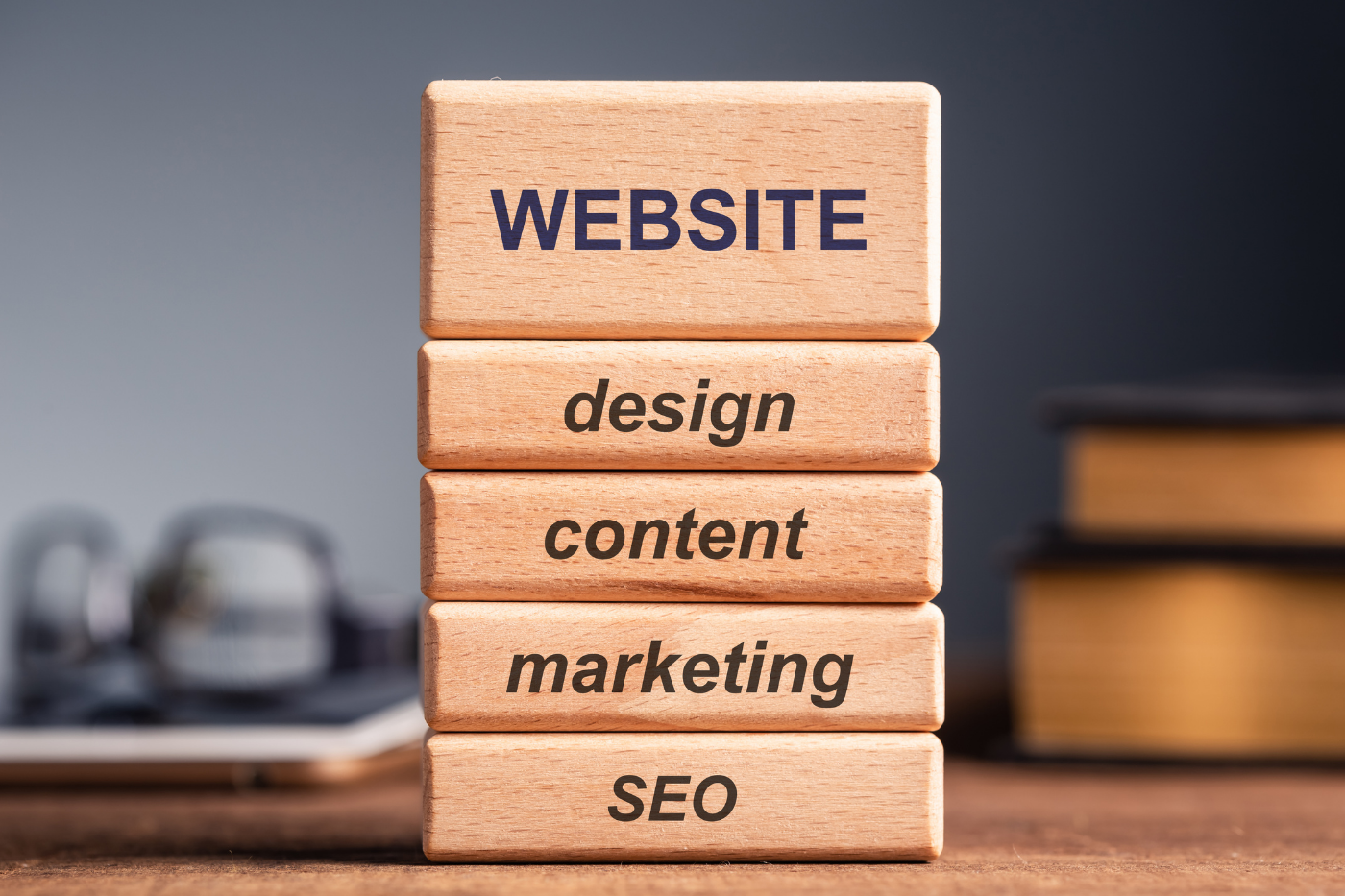What is Web Development?

Introduction
In the current digital-first era, what is web development is a query frequently posed by budding developers, entrepreneurs and companies seeking to build a strong online presence. In simple terms, website development is the act of building and updating websites. It involves web design, web content creation, client-side/server-side scripting and network security setup.
Overview of Web Development
The web development overview is an in-depth look at the technologies and methods employed to create working and interactive websites. It is the foundation of the web, powering everything from personal blogs to high-traffic e-commerce websites. Web development can be as simple as creating a single static page or as complex as web-based applications, social networks and business portals.
Web Development vs. Web Design
Though sometimes used interchangeably, web development and web design have different functions:

Web Design is all about appearance and user experience. It's about arranging how things look—like
layout, colors, and text style, all together.
Web Development, however, is concerned with the
functionality and building of a website with different programming languages and tools.
If web
design is the architect sketching out the blueprint, then web development is the engineer
implementing that blueprint.
What are the Most Common Programming Languages?
Programming languages are the basis of all web development tools. Here's a glimpse at the most popular web development languages in use today:
- HTML: The default markup language for building web pages.
- CSS: Used to control the presentation, formatting and layout.
- JavaScript: Makes websites dynamic to click around.
- Python: Known for being easy and used a lot in behind-the-scenes work.
- PHP: Used for server-side scripting.
- Java: Typically for creating enterprise-grade web applications.
- Ruby: Adored for its readability and employed within frameworks such as Ruby on Rails.
A full software development languages list is comprised of the above and additional ones, varying with the project's complexity and needs.
Types of Web Development
Numerous main categories exist within the field of website development, such as:
1. Front-End Development
In charge of what users see and use. It encompasses all that is executed in the browser: HTML, CSS, JavaScript and supporting frameworks such as React, Angular and Vue.js.
2. Back-End Development
Manages the server aspect of a website. This encompasses databases, server-side logic, and application integration with programming languages such as Python, PHP, Java and Node.js.
3. Full-Stack Development
A mixture of both front-end and back-end. Full-stack developers are capable of working on all layers of a web application.
What is Front-End Development?
Front-end and back-end web development are the two main components of any successful web project.
Front-end development is all about what you see and touch on the screen. Developers employ HTML,
CSS, JavaScript and contemporary frameworks such as Bootstrap and React to develop good-looking and
responsive websites.
The aim is to make sure that users can browse and engage with the site
easily, no matter the browser or device used.
What is Back-End Development?
Whereas front-end is what is seen by the user, back-end development is what renders the site usable. It consists of:
- Management of the server
- Database processing
- Application logic
- API integrations
Back-end programmers utilize programming languages such as PHP, Ruby, Python and Java to construct the underlying computational logic of web applications. Software like MySQL, PostgreSQL and MongoDB is usually utilized for managing databases.
What is a Full-Stack Developer?
A full-stack developer gets both the front and back parts. They can construct an entire web application from ground up, such as:
- Designing the user interface (UI)
- Writing server-side logic
- Managing databases
- Making it responsive and fast
- Applying security best practices
Full stack web development projects typically require knowledge of frameworks such as MEAN (MongoDB, Express.js, Angular, Node.js) or MERN (MongoDB, Express.js, React, Node.js).
Web Development for E-commerce
Web development for ecommerce is perhaps the most dynamic and sought-after area. It encompasses making online stores secure, fast and user-friendly. They must incorporate the following:
- Product listings
- Shopping cart feature
- Payment gateway integration
- Mobile responsiveness
- SEO optimization
Shopify, WooCommerce and Magento are popularly used for e-commerce development.

Web Development for SEO
The integration of web development for SEO plays an imperative role in enhancing a website's search engine visibility. Developers need to ensure:
- Quick loading speeds
- Mobile responsive design
- Valid URL structure
- Clean code
- Meta tags and schema markup
- Secure HTTPS protocol
Good SEO practice should be followed while developing to drive organic reach.
How to Become a Web Developer?
Thinking how to be a web developer in 2025? Follow these step-by-step instructions:
Step 1: Learn the Basics
Begin with HTML, CSS, and JavaScript—the basic web development languages.
Step 2: Select a Specialization
Choose front-end, back-end, or full-stack, depending on what catches your eye.
Step 3: Work on Projects
Create personal websites, work on open-source, or freelance projects.

Step 4: Discover Web Development Tools
Get familiar with tools such as:
- Git & GitHub for version control
- Visual Studio Code for coding
- Webpack, Babel for bundling and compiling
Follow a web development roadmap or even a specific web development roadmap 2025, which maps:
- What to learn
- In what order
- With real-world project milestones
Advantages of Web Development
There are several advantages of web development for both businesses and individuals:
- Global Reach: A website enables 24/7 access from anywhere globally.
- Brand Credibility: Trust is established with customers through a professional site.
- Cost-Effective Marketing: Target thousands at an affordable price without costly ad campaigns.
- Scalability: Expand or change easily with growth.
- User Engagement: It includes blogs, contact forms, and live chats that encourage more interaction.
Web Development Trends 2025
As technology keeps progressing, here are some web development trends 2025 to look out for:
- AI Integration: Intelligent websites with the integration of chatbots, recommendation engines, etc.
- Progressive Web Apps (PWAs): Blending the strengths of web and mobile apps.
- Voice Search Optimization: Making websites compatible with smart assistants.
- Dark Mode UI: Increasing user preference for night-time browsing.
- Serverless Architecture: Minimizing backend complexity and cost.
- Headless CMS: Platform-agnostic content management.
- WebAssembly: Executing high-performance apps in the browser.
Keeping abreast of web design trends 2025 also provides a visually attractive and intuitive user interface.
Conclusion
In short, what is web development is much more than writing code. It's about building influential online experiences that work, scale and are optimized for users and search engines alike. Whether you're looking at front end and back end web development, doing full stack web development projects, or just learning the advantages of web development, the possibilities are immense.
By utilizing the appropriate web development tools, adhering to a customized web development roadmap and keeping pace with web development trends 2025, you can create dynamic, secure and successful web platforms. So, if you're interested in how to become a web developer, now is the ideal time to begin.